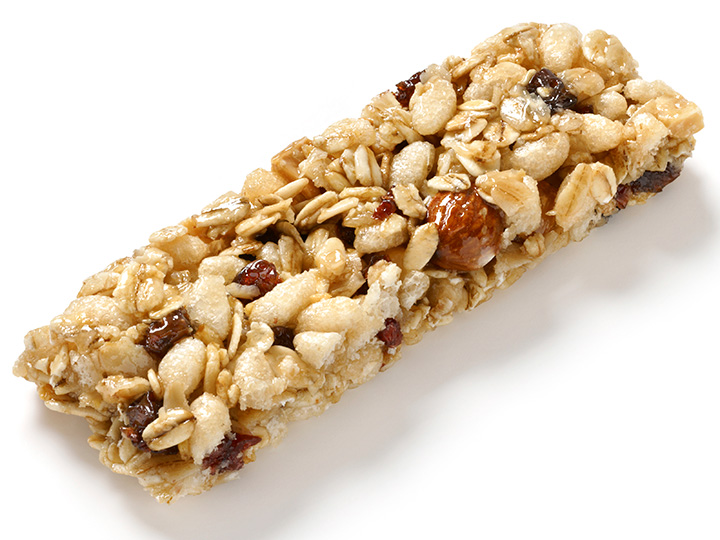Dietary Fiber

When inspecting the recommended daily allowance of foods, we often see carbohydrates listed on the packaging and these are broken into two categories: sugar and dietary fiber. Fiber comes from the part of the plant consumed that is not digestible. Since it is not digestible, it simply travels through the digestive tract, sponging up (or pushing) other items that are working their way through.
Fiber itself comes in a variety of forms found within the plant. These forms are divided into two categories: soluble and insoluble.
Types of fiber
Soluble Fiber – Composed of pectin and gum, the soluble fibers are known for reducing the movement of food through the digestive tract but offer no benefit when it comes to aiding in excrement mass because it dissolves in water.
Insoluble Fiber – Composed of cellulose, hemicellulose and lignin, these insoluble fibers are the ones to focus on. They increase excrement mass by absorbing water which reduces the chance of constipation.
Benefits of fiber
Helps keep you regular – Due to the absorptive nature of insoluble fiber, it can help solidify and increase the size solid waste by binding with water. This leads to an easier time of expelling the solid by reducing the likelihood of constipation.
Possibly lowers LDL cholesterol – Some studies have shown that a high fiber diet may have an effect of reducing blood pressure as well as inflammation both of which aid in having a healthier heart.
Maintain blood sugar levels – Fiber has been known to slow the absorption rate of sugar into the blood stream. In turn, the body is able to produce insulin at a more effective rate, therefore keeping blood sugar levels more regulated.
Help you lose weight – Foods that contain high levels of fiber give the individual consuming them a feeling of being full. How does this happen? Fiber absorbs water which then settles into in the stomach as solid (yet mushy) food, thus making one feel full. Another reason for weight loss aid is that high fiber foods generally require more time to properly chew, thus giving the stomach time to process the previous bite and send messages to the brain saying it is full of food and no more consumption is required.
Sources of fiber
Soluble fiber: beans, oats, fruits, veggies
Insoluble fiber: whole grains, veggies, beans
One should take note that both fruits and veggies contain both forms of fiber. A common misconception is that fiber is only found in bread or starchy foods, this is hardly the case. One can easily receive their fiber in the form of fruits, vegetables, nuts, and beans.




